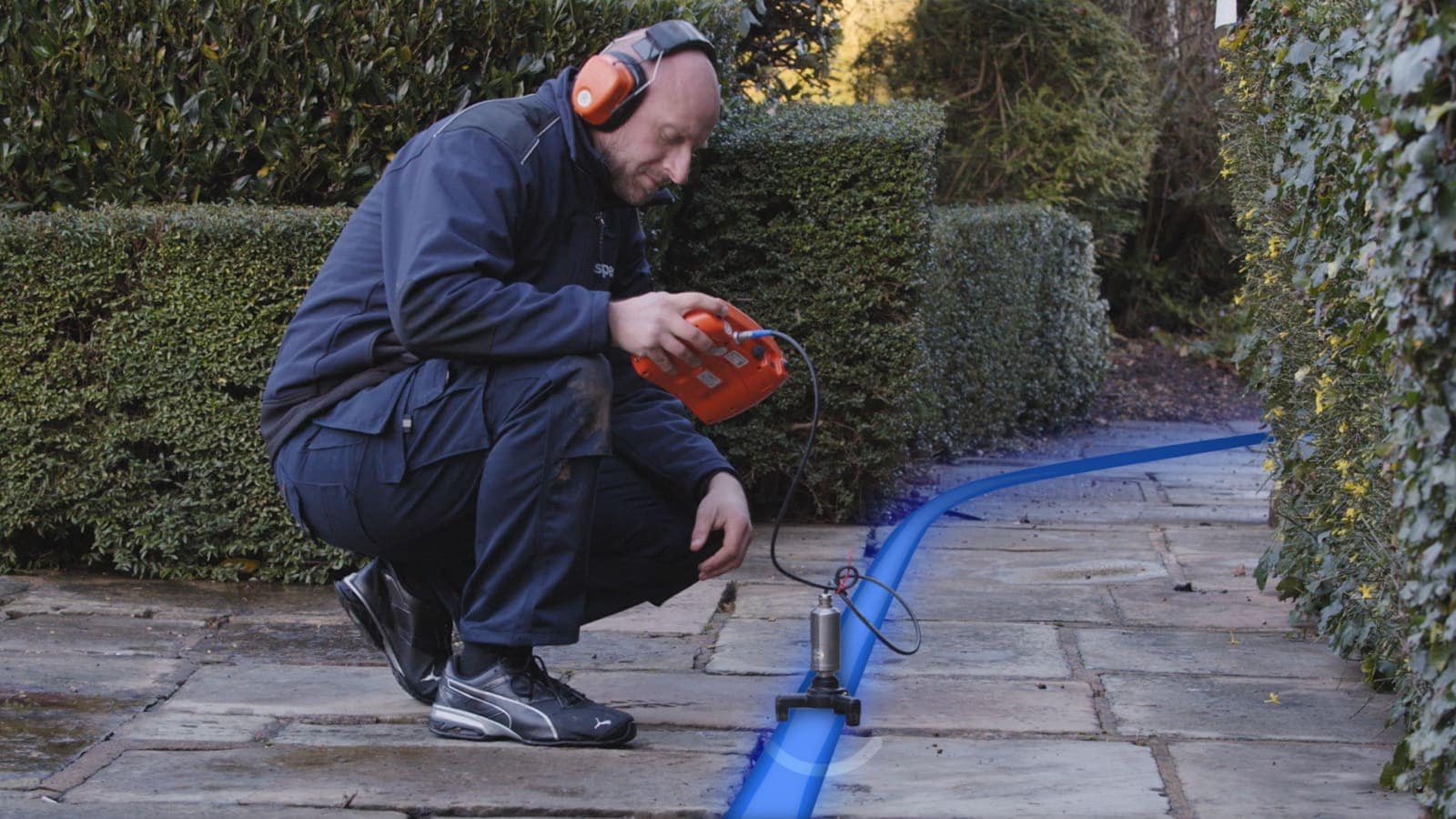Avoid Major Problems with Early Water Leak Detection and Trigger Repair Works
Avoid Major Problems with Early Water Leak Detection and Trigger Repair Works
Blog Article
Cutting-edge Solutions for Early Discovery of Water Leaks in Structures and Infrastructure
From advanced leakage detection modern technologies to the release of IoT sensors for real-time surveillance, the landscape of leak prevention is developing quickly. Automated water flow analysis systems are reshaping how leaks are determined and resolved, leading the method for an aggressive technique to water leakage discovery.
Advanced Leak Detection Technologies
Advanced leakage detection technologies, geared up with advanced sensors and algorithms, play an important role in quickly determining and identifying water leaks in various setups. These modern technologies utilize a combination of acoustic, thermal, and electro-magnetic sensing methods to detect leakages precisely. Acoustic sensors spot the sound of running away water, permitting specific localization of the leak source. Thermal imaging detects temperature level modifications brought on by water leak, offering an additional efficient method for leak recognition. Electromagnetic sensors can recognize adjustments in electro-magnetic areas triggered by water, offering yet an additional layer of leak discovery ability.

IoT Sensors for Real-Time Tracking
In the world of modern water leak detection, the combination of IoT sensing units for real-time surveillance represents a critical development in improving proactive leak detection abilities. These sensing units supply constant monitoring of water systems, supplying real-time data on water flow rates, pressure variations, and temperature modifications. By leveraging IoT modern technology, these sensors can discover even the smallest anomalies in water usage patterns, allowing early identification of potential leaks before they intensify right into significant problems.
IoT sensing units transfer data to a centralized system, where advanced formulas assess the details and create informs or alerts when abnormalities are found. This real-time surveillance capacity enables building proprietors or facility managers to promptly resolve leakages, minimizing water damages, lowering repair service expenses, and conserving water sources.
Moreover, IoT sensors can be integrated with building monitoring systems, enabling computerized responses to spotted leaks, such as turning off water shutoffs or triggering pumps to reduce the impact of leakages. In general, the implementation of IoT sensing units for real-time monitoring dramatically boosts the effectiveness and effectiveness of water leakage detection in structures and facilities.
Machine Discovering Algorithms for Leak Forecast

One key advantage of making use of maker knowing Bonuses for leakage prediction is its ability to continually discover and enhance its accuracy over time. As even more data is accumulated and fed into the formula, it can fine-tune its forecasts and adapt to changing problems, eventually increasing the dependability of leak discovery systems.
Moreover, artificial intelligence formulas can assist in recognizing subtle indications of leaks that might go unnoticed by typical monitoring techniques. water leak detection. By assessing complex information sets in real-time, these algorithms can give early cautions and alerts, enabling prompt treatment and preventive maintenance to minimize potential water damage and linked costs
Using Thermal Imaging for Leakage Detection
Thermal imaging modern technology provides an appealing approach for finding Read More Here water leakages in various systems and facilities. By making use of infrared radiation and temperature variations, thermal imaging electronic cameras can identify covert leakages that are not conveniently noticeable to the nude eye. When water escapes from pipes or structures, it usually changes the temperature of the surrounding area, producing temperature level differentials that thermal electronic cameras can capture. These temperature irregularities are after that converted right into noticeable photos, highlighting the specific area of the leakage.
One of the crucial benefits of thermal imaging for leak discovery is its non-intrusive nature. Generally, the use of thermal imaging modern technology enhances the performance and accuracy of water leakage detection, making it a valuable device for maintaining the honesty of buildings and frameworks.
Automated Water Flow Evaluation Systems
Just how can automated water flow analysis systems change the detection and monitoring of leaks in different systems and infrastructures? Automated water circulation evaluation systems use a positive strategy to leak discovery by continuously checking water flow rates and patterns. By developing baseline data, these systems can promptly identify variances that might indicate a leakage, making it possible for prompt treatment to avoid substantial damage.
These systems use innovative formulas to evaluate real-time data and give immediate notifies when abnormalities are identified, permitting quick activity to be taken. In addition, computerized water flow analysis systems can be incorporated with building administration systems or IoT systems, enhancing overall effectiveness and making it possible for remote surveillance capabilities.
Moreover, the data webpage collected by these systems can be used for predictive upkeep purposes, helping to recognize possible powerlessness in the framework prior to leaks take place. Overall, the implementation of computerized water circulation analysis systems can dramatically enhance leak detection and management practices, inevitably bring about set you back savings, minimized water waste, and enhanced sustainability in buildings and framework.

Conclusion
Finally, the combination of sophisticated leak discovery innovations, IoT sensing units, maker understanding formulas, thermal imaging, and computerized water circulation evaluation systems uses cutting-edge solutions for very early discovery of water leakages in structures and facilities. These innovations allow real-time tracking, prediction of leaks, and effective discovery techniques to stop water damage and wastage. Implementing these solutions can aid in keeping the honesty and sustainability of water supply in different setups.
Report this page